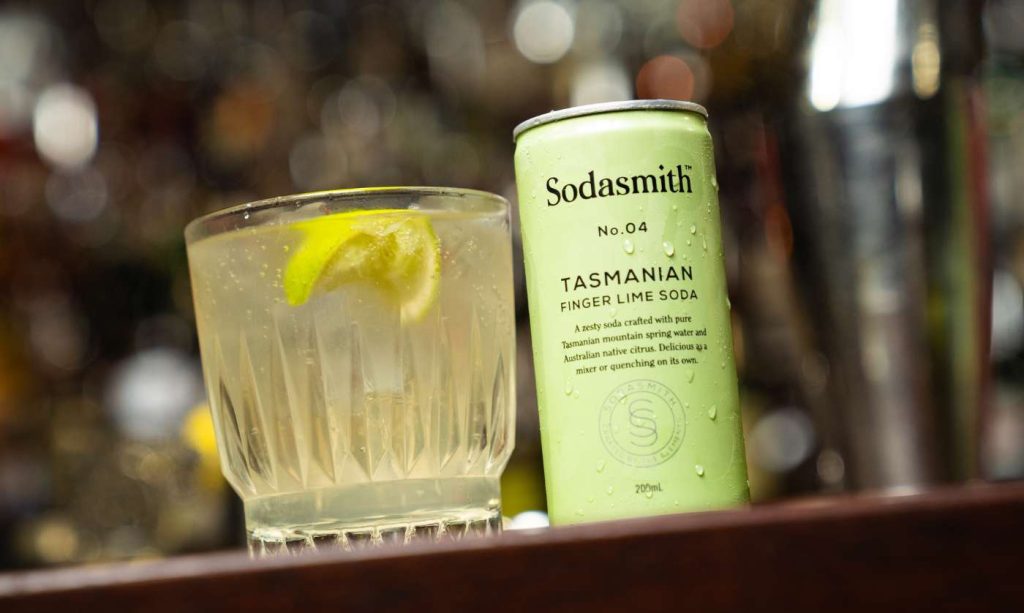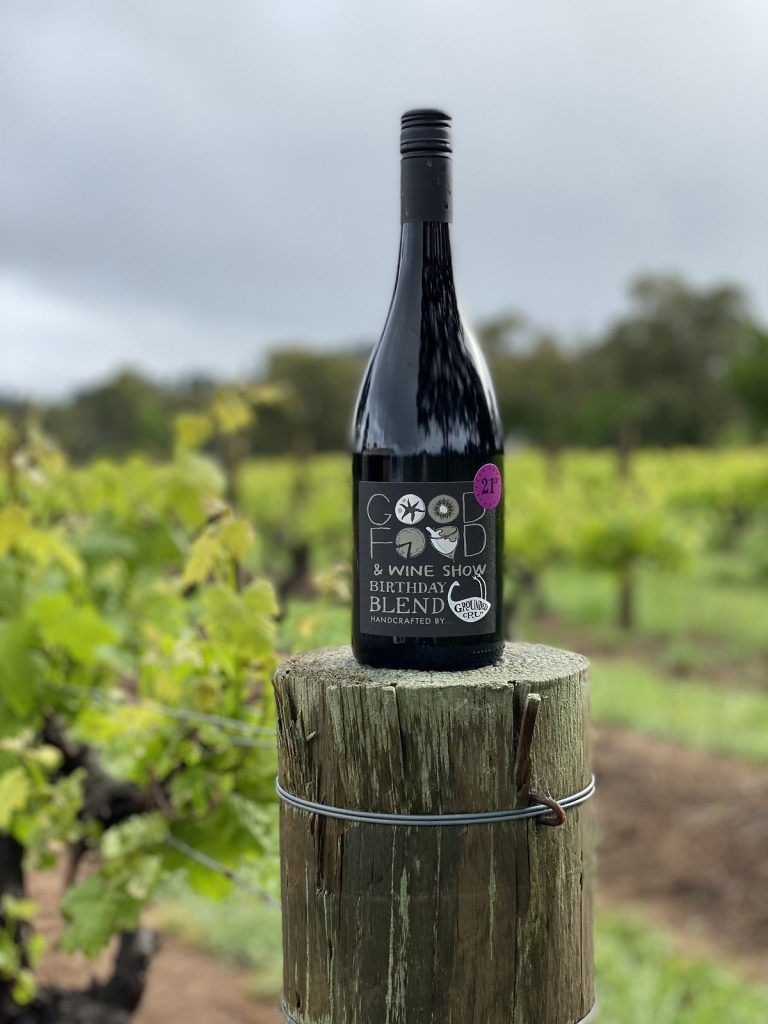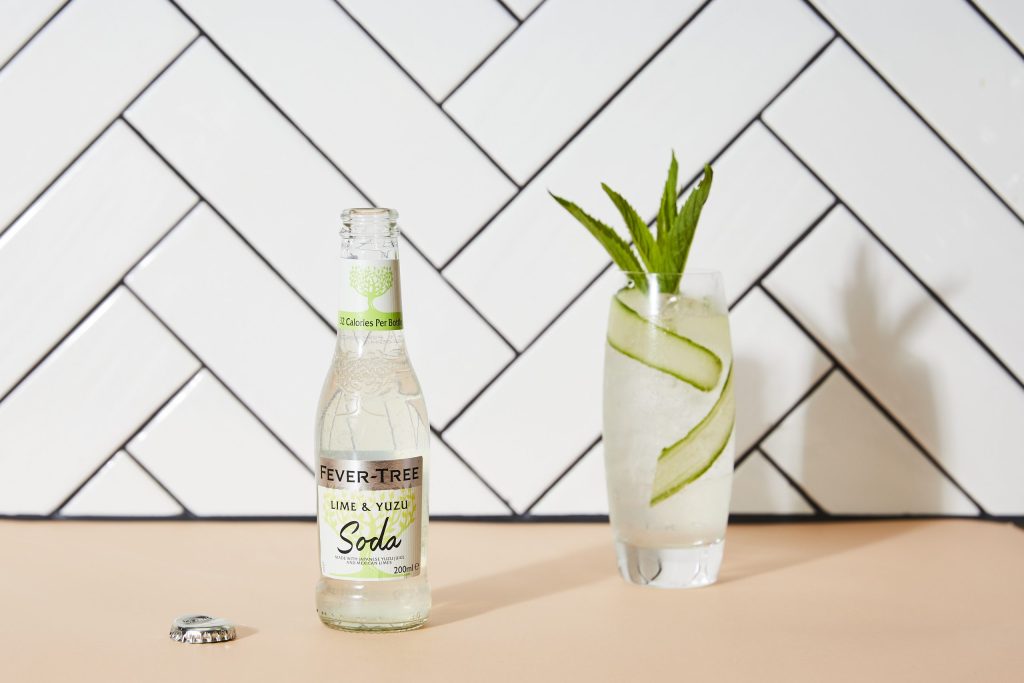An Essential Guide to Liqueurs
Published 29 Jan, 2016We all know that a stiff drink can remedy a bad day, but how about cure the common cold?
Well, back in the Middle Ages, when monasteries acted as the first pharmacies and hospitals, it was believed that liqueurs were the cure to all ails. Doctors theorised that the right combination of herbs and botanics, administered in an alcoholic brew, could cure fever, scurvy, cuts and sores.
Later, distillers started to use this method of adding ingredients, such as bark and spices, to mask the unpalatable taste of early spirit, and eventually, in the 16th century, the Dutch discovered that these ingredients could be strategically added to create delicious flavours.
Today, liqueurs often get a bad rep for their association with sickly sweet and sticky syrups, but don’t believe the hype! Liqueurs are in fact incredibly versatile and very complex in flavour, making them perfect to enjoy straight or as essential ingredients in a myriad of cocktails.
Modern liqueurs can feature just primary ingredient, which characterizes the spirit, while others are infused with over 100 ingredients for a more complex flavour. Such ingredients include fruit, cream, herbs, spices, flowers or nuts, resulting in endless liqueur varieties.
These ingredients are macerated, chopped, crushed – whatever is needed to release their flavour, and then left to soak in a base spirit. Alcohol is a solvent and so when you add flavorsome ingredients the flavours start to dissolve in the liquid. The ingredients are left to soak in the spirit anywhere from a few hours up to several months depending on how intense the flavour is intended to be. Finally, sugar is added to increase sweetness and create a syrupy viscosity.
Oh so versatile, liqueur can be enjoyed straight to hero its complex flavours or mixed into an endless list of world-class cocktails. The diversity of liqueurs also make them ideal for cooking, with their herby, fruity, creamy, floral notes adding a serious flavour injection to sauces and desserts.
Popular Liqueurs
Baileys Irish Cream
A smooth, creamy liqueur with a hint of chocolate and vanilla flavour. Baileys is flavoured using whiskey and cream, which are homogenized with the aid of an emulsifier containing vegetable oil.
Enjoy it straight over ice, mixed into a chocolate mouse or cupcakes, a boozy hot chocolate
*Note: Cream liqueurs are rich in dairy butterfat and are not to be confused with Crème, which is a liqueur with lots of sugar added so it becomes syrupy.
Triple Sec
An orange flavoured liqueur made from an alcohol made from sugar beets, and infused with sweet and bitter orange peel. Cointreau is one of the more famous brands of Triple Sec
Enjoy it straight over ice, or in popular cocktails including a Margarita, Sidecar, Fluffy Duck, cosmopolitan or a Long Island iced tea.
Kahlua
Originating deep in the jungles of Mexico, Kahlua is a sugar-based rum flavoured by coffee.
Enjoy it straight over ice, or in a White Russian, Mudslide, or Espresso Martini.
Midori
Originating from Japan, ‘Midori’ is the Japanese word for ‘green’ , references the liqueurs bright lime colour. Midori is flavoured with Muskmelon and often served with sour flavours to balance out its sweetness.
Enjoy it with a slice of lime, topped with rum and cranberry juice, or in a Japanese Slipper.
Frangelico
A distilled alcohol infused with toasted Tonda Gintile hazelnuts, cocoa, coffee and vanilla. The unusual shape bottle is a homage to the 13th century monks credited with creating the recipe.
Enjoy it in a cheesecake, whipped into cream, mixed into a chocolate sauce, B52 shot, or a Hazelnut Martini.
St Germain Elderflower
An exquisite liqueur with hints of pear, peach and grapefruit flavours. As if straight from a fairy tale, the delicate elderflowers are handpicked from the hillsides of the French Alps and then bicycled to a village where they are immediately macerated to preserve the flavours. Extracting these delicate flavours is quite an art and the company keeps its methods a family secret.
Enjoy it in a French Gimlet, Rob Collins, White Sangria, or combined with champagne and sparkling water for its namesake cocktail.









